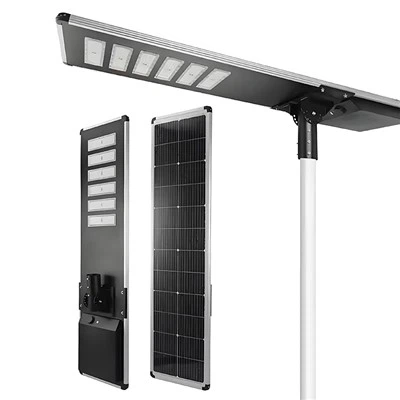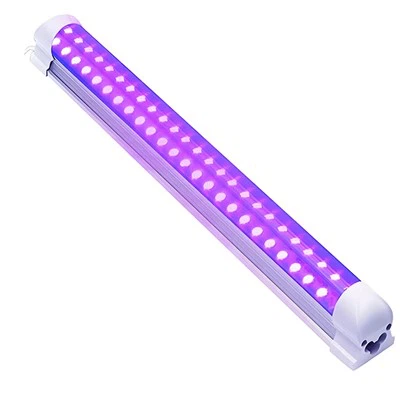LED lighting technology has advanced at an astonishing pace during the last several years. items that were regarded as cutting edge were superseded by superior items a few years ago. Recessed downlights are a chic and discreet replacement for conventional incandescent lighting that may be employed in both residential and commercial settings. Continue reading to find out why you should update to integrated LED embedded spotlights if you haven't already.
How Do Downlight LEDs Operate?
Like headlights, LED downlights shine a strong, concentrated light onto the ceiling. Because the light fixture is embedded in the ceiling surface, it is far less obtrusive than a standard spotlight, and it can offer a stunning finishing touch to any area.
Once installed, the downlight's glass bulb and cylinder frame are the only components that are visible. Because many recessed lights provide a variety of edge designs, from polished metal and brass to black or white porcelain, coordinating lighting with area décor is made easy.
All of the benefits of LED lighting are available with LED tube lights, including longer lifespans, higher energy economy, and, in some situations, customisable warm white, white, cold white, and sunny colour temperatures.
Since LED ceiling lights come in a range of IP levels, you may choose IP65 certified ceiling lights for usage in the bathroom or kitchen. Another option is to install a fireproof downlight, which features an expansion pad that quickly expands to seal the downlight's opening when heated to a certain temperature. It aids in containing the fire by making it more difficult for the fire to spread into the attic. The duration of a fire-tested downlight is 30, 60, or 90 minutes.
How are the downlights to be used?
Make sure there are enough LED downlights in the room when utilising them as a general purpose fixture so that it is adequately lighted. After that, you may decide how many downlights to install based on your own preferences.
The typical norm is to install one LED downlight per square metre. Additionally, you need to give each light and wall a meter's gap. Therefore, nine downlights are the best option to provide brilliant and uniform light dispersion in a 3 × 3 m area.
There is some flexibility, however, because of the LED downlight's brightness output and radiation direction. Because downlights with broader beam angles distribute light more widely, you can install fewer of them.
In a similar vein, a brighter bulb produces more brilliant light and may light a room more effectively. With the ability to dim to provide softer light when needed, dimmable LED downlights may provide you even more alternatives. They can produce a nice, strong light as well.






